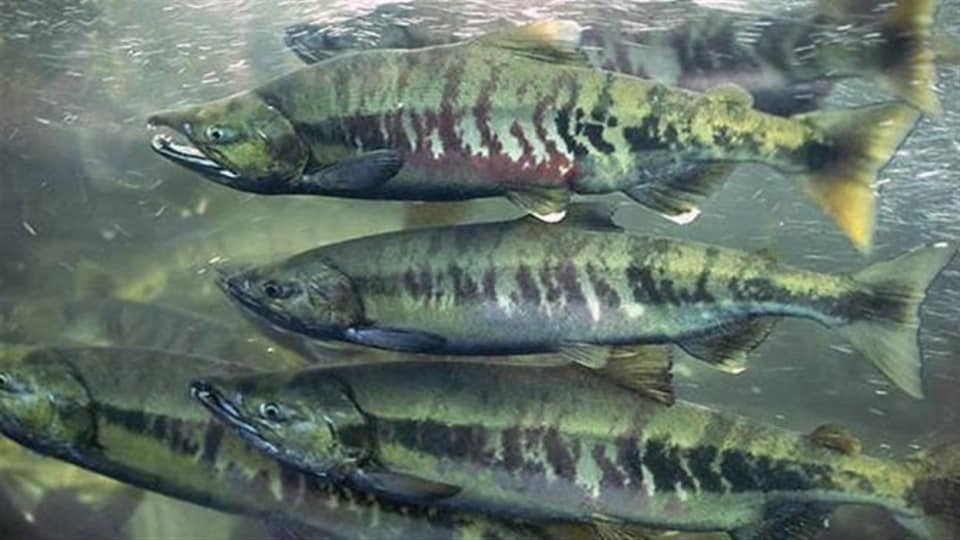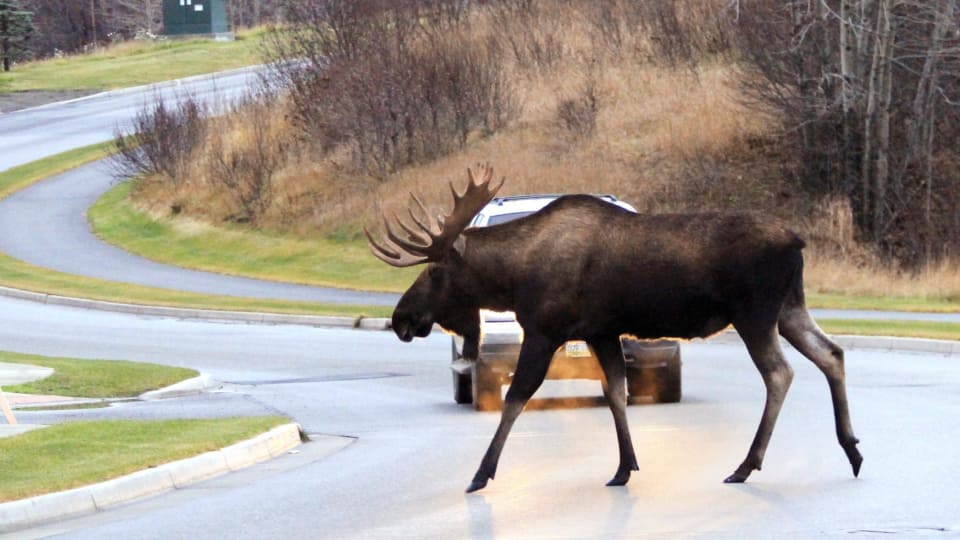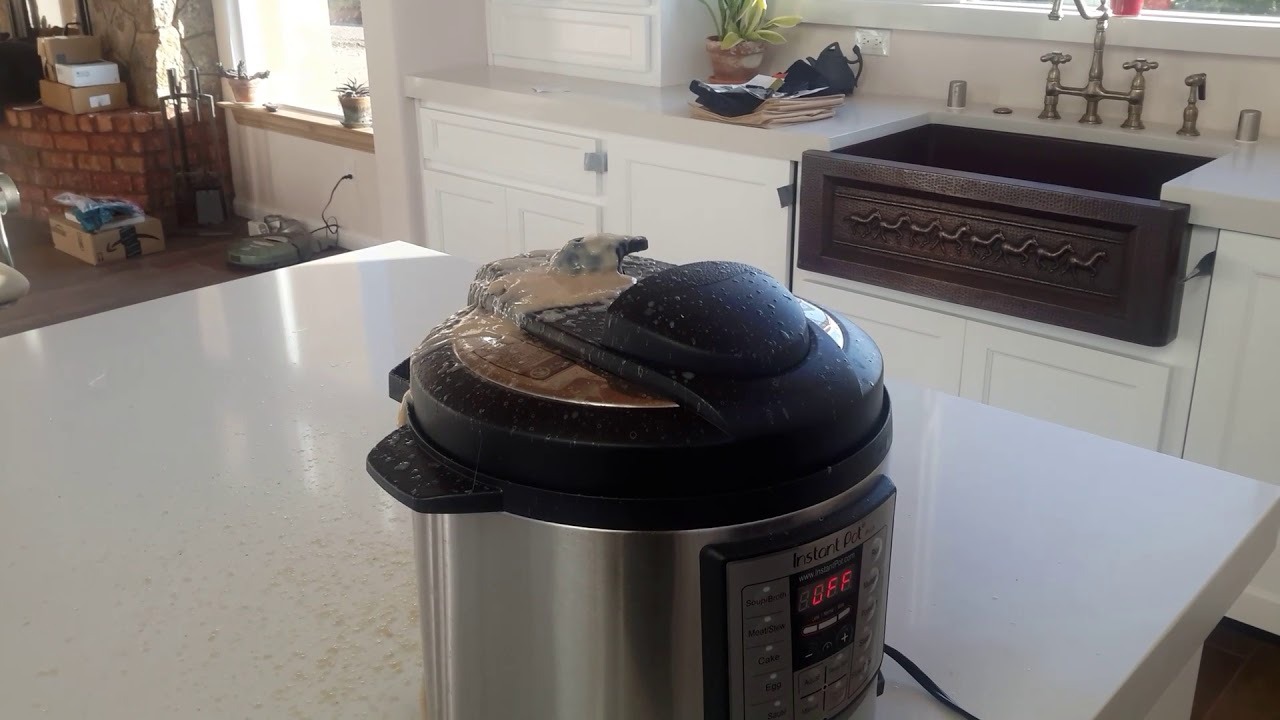
The salmon run in the Yukon River this year heralds a return of stocks, which have recently been particularly weak. Officials meeting this week in Whitehorse remain cautious, however.
Salmon in the Yukon River must move up the waters of all of Alaska and all of Yukon before reaching the breeding grounds. A journey of more than 2000 kilometers of which the villagers of the surrounding communities depend.
Due to low returns since 2001, significant fishing limits have been put in place in Alaska to ensure that the minimum number of salmon prescribed by international agreements crosses the border. Some 70,000 salmon crossed the border this year, exceeding quotas.
Charles Swanton, Alaskan Co-Chair of the Yukon River Panel, says the increase is auspicious. “This year’s run is the best in at least 15 years and proves that conservation measures have not gone unnoticed.”
The austerity measures have affected the Alaskans of the small villages of the coast. Erik Weingarth is a subsistence and commercial fisherman near the Arctic coast and a member of the Panel. He wished to recall the impact that these measures had on him.
“Fishing is the only economic activity possible and it is heartbreaking to see three-quarters of people in the village living on social assistance going to the market on the first of the month. He hopes the return of the salmon will be a hope for the next generation.
In the Yukon, too, the measures have had an impact. Sport fishing is over for several years and the commercial fishery almost non-existent. The subsistence fishery has only slightly resumed in recent years.
Duaine Aucoin from the village of Teslin, Yukon, also came to testify. “We can only catch chinook salmon because chum is no longer edible for human consumption when it comes to the village. The Alaskans forget that aspect.”
The Tlingit Nation member wants to see a rapprochement with the Alaska First Nations to eventually develop a single management plan for the entire Yukon River on both sides of the border.







